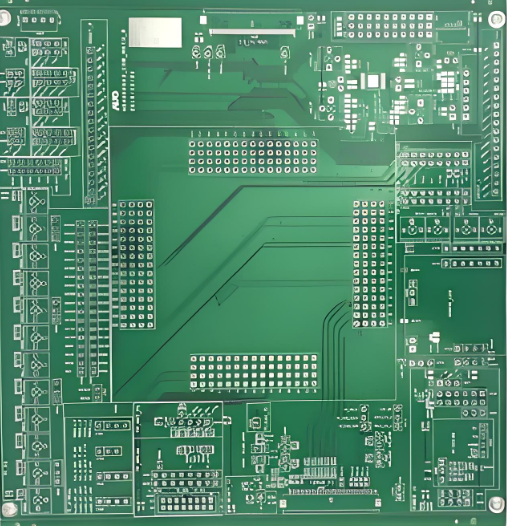Electromagnetic compatibility (EMC) refers to the ability of electronic devices to function reliably in various electromagnetic environments. It encompasses two main facets: the capacity of electronic equipment to withstand interference from external sources and the ability to minimize the electromagnetic interference that such equipment generates. Ensuring EMC is vital for reliable performance, especially as devices become more compact and complex.

EMC in PCB Design
Key Considerations for PCB Circuit Boards
When designing printed circuit boards, there are several factors to consider that can enhance EMC:
Selecting Appropriate Trace Width: The interference caused by transient currents on PCB traces is largely attributed to the inductance of the traces. Keeping inductance low is vital; therefore, it is essential to choose a reasonable width for PCB traces. Wider traces reduce resistance and inductance, thereby improving the overall performance of the circuit.
Employing Strategic Routing Techniques: Adopting proper routing strategies can significantly mitigate issues with inductance. While using equal length conductor paths can help decrease inductance, it can inadvertently increase mutual inductance and distributed capacitance. To optimize the layout, a well-organized structure is recommended, where traces on different layers are oriented differently. For example, you can run traces horizontally on one side and vertically on the opposite side, connecting them through vias to keep signal integrity intact.
Minimizing Crosstalk: In wiring design, it's crucial to avoid lengthy parallel runs of sensitive signal traces. Increasing the spacing between wires and avoiding crossings of signal, ground, and power lines can significantly reduce crosstalk. An effective practice is to insert grounded traces between high-speed signal lines to act as a barrier, further reducing the chance of unwanted interference.
Latest Trends and Practices
As technology evolves, so do the practices in PCB design tailored for EMC. Some of the latest approaches include:
Use of Advanced Simulation Tools: Modern software tools now allow engineers to simulate and analyze electromagnetic interference during the design phase, enabling proactive adjustments before fabrication.
Integration of Shielding Techniques: More designers are incorporating various shielding techniques into their PCB layouts, such as using metal enclosures or conductive coatings, to further minimize EMI.
Focus on Material Selection: The choice of substrate materials is increasingly important. For instance, materials with better dielectric properties can help improve the performance of high-frequency circuits.
Compliance with Standards: With rising concerns over device emissions, compliance with international EMC standards (like CISPR 32 and IEC 61000) has become a necessity. This ensures that devices meet legal requirements for electromagnetic emissions and susceptibility.
By implementing these strategies and keeping abreast of the latest trends, engineers can design PCBs that are not only efficient but also comply with electromagnetic compatibility requirements, ensuring optimal performance in their intended environments.
Conclusion
Understanding and applying the principles of electromagnetic compatibility in PCB design is crucial for developing effective electronic devices. By being mindful of aspects such as trace width, routing strategies, and separation techniques, designers can minimize EMI and ensure their products operate reliably in any electromagnetic environment.